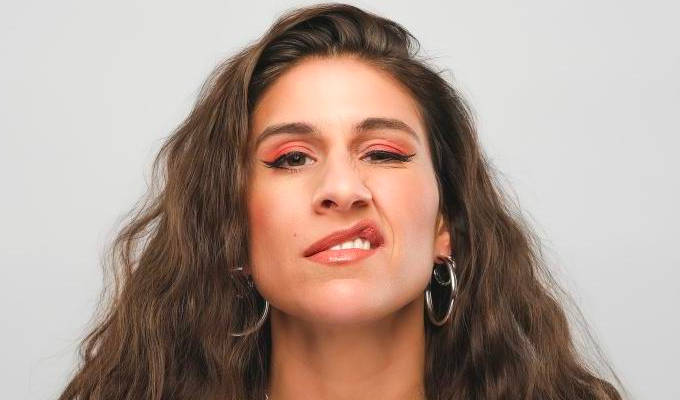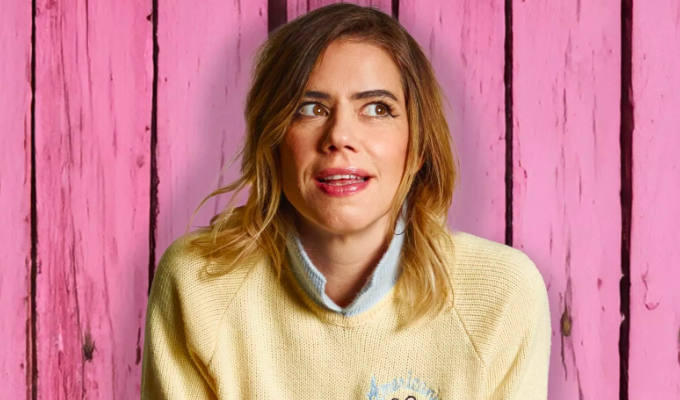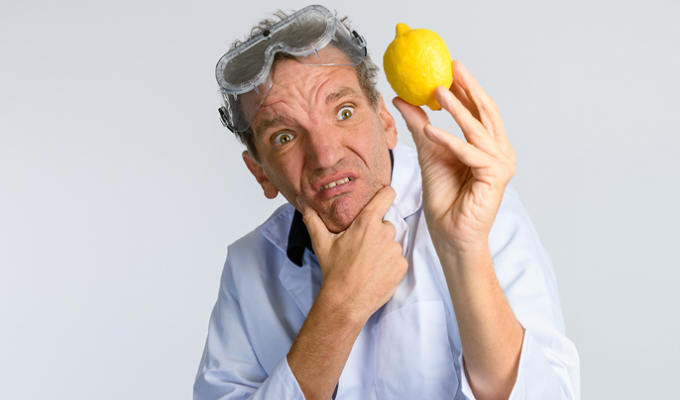
Finding their voice
Part 3 of Liam Lonergan's history of alternative comedy
Part one: Stand-up's first impresarios
Part two: The birth of alternative cabaret
Part Three
At the Elgin, the new Alternative Cabaret performers entertained a collection of ‘scruffy political extremists, bohemian arty types and those barred from everywhere else’. Chicago’s Second City theatre company did the same thing back in 1959 when they experimented with improvisational theatre in the confines of a 120-seat locale: a converted Chinese laundry in the restored Old Town district of Chicago.
Paul Sills, a spokesperson for what was then a new style of comedy, saw it as ‘a force for democracy, self-realisation, and the liberation of the people’. Even Budd Friedman’s Improv place was a former Vietnamese restaurant on 44th Street and Ninth Avenue, stripped down to the skeletal structure – the exposed brickwork that was appropriated by most copycat clubs and became the recognisable aesthetic of comedy venues. In a cartoon, if you want to show that the characters are watching live comedy, have the comedian stand in front of brick wall beside a barstool with a smoking ashtray sitting on top.
Andy de la Tour said: ‘There are only two human activities which regularly happen in front of a brick wall. Standing at a mic telling jokes or being shot by firing squad.’
Theatre director Peter Brook, called this haphazard arrangement The Rough Theatre: ‘The theatre that’s not in a theatre, the theatre on carts, on wagons, on trestles, audiences standing, drinking, sitting round tables, audiences joining in, answering back; theatre in back rooms, upstairs rooms, barns.’
Alexei Sayle dominated these back and upstairs rooms even though he packed his set with references to the Eastern Bloc and Russian esoterica in a calculated decision to break away from the old guard that enjoyed Manning’s sexist shit. (Sidenote: there was a technical adeptness that permeated through the sets of these Watney’s Red Barrel comedians and Manning, with a knowing wink, would play up to stereotype just to piss off the intelligentsia).
This was when the alternative comics started to position themselves as arbiters of leftist morality rather than the prejudices of the right. He also talked about his parents, Joe and Molly Sayle, who were ultra-leftist Maoist revolutionaries: ‘Lex, ask that running dog lackey of imperialism – your mother – to pass the ketchup.’
The alternative comedians were portrayed as skinny, self-righteous students shouting about how things should be; hectoring, but with the larynx of a fledgling rather than the bronchial rasp of the right-wing. A Rik from The Young Ones or an Owen Jones, for example.
Tony Allen, after abandoning a stage persona that involved doing his best Lenny Bruce and dropping ‘dig’ into sentences, showcased his shamanist shtick. His antsy, amphetamine eyes darted from the back wall to the chandelier to the audience: ‘So I went to my alternative paranormal anti-establishment acupuncturist osteopath homeopath herbalist natural healing practitioner…to get a pill’ – and, once his stream-of-consciousness monologue had reached its logical conclusion, wiped the sweat from his long, rusty cheekbones.
In his book Attitude, he writes that the key to stand-up is to ‘recognise the essential complementary facets of yer personality that thrive when yer up there doing it’. After watching the few clips of Allen that exist on the internet – Allen, covered in Tango lighting, accidentally ripping down The Comedy Cafe’s scenery between bits about Heisenberg’s Uncertainty Principle - it appears that the part of his personality he chose to isolate and enhance was the benign, hyperactive, philosophical drug taker. The Wise Fool. The Major Arcana. The Kramer. The Frank Gallagher.
Pauline Melville used to perform as ‘Edie’, a housewife character and working-class meddler who tried to resist any bourgeois values and mouthed a lot of liberal cliques. This resonated with the political activists in attendance as it was a more light hearted critique of the veneer of liberal ideals and didn’t fuel the vendetta against them.
Andy de la Tour, looking like an overworked Detective Sergeant who lives on pub nuts, night sweats and Rogaine pills (think: DS Jimmy Beck in Cracker), had just come off the fringe-theatre-and-community-centre circuit as a jobbing actor. He first started doing stand-up when he was touring with a band. He couldn’t play an instrument so he volunteered to drive them around in a battered Commer FC and, having always been interested in comedy, offered to warm up the crowd.
In one of his earliest stand-up routines he performed some stuff about an ill-timed erection undermining his beliefs about the oppression of women and pro-Republican material regarding the conflicts in Northern Ireland. A few months after the politician Airey Neave was blown up by the IRA in an underground car park, Andy went to Belfast on behalf of the Relatives Action Committee to tell his observations to a pissed-off huddle of Sinn Fein members. Head of publicity for Sinn Fein, Danny Morrison, introduced him with a ten minute lecture about how culture could be used as a weapon but everyone in the room agreed that they were doing just fine with wads of Semtex.
Andy’s career as a stand-up petered out long before the other members of the Alternative Cabaret. His last paid gig was March 14, 1990, having completed a 100-date tour supporting Rik Mayall. Mayall was already a regular fixture on television but Andy went on to write plays.
Andy went to New York in 2010 to pick up the reigns of a stand-up career that had been in stasis for two decades. In 2013 he published an account of this journey through the underground New York comedy scene in a book called Stand-Up Or Die where he found a circuit that was partially made up of 50 seater basement venues with tiny raised stages and cheap spotlights: ‘[The UC Lounge] wasn’t even a room; it was a corridor – at its narrowest about 8ft – that ran alongside the bar, for about 50ft, from the street to the back. The corridor widened to about fifteen feet at the back where the pool table was squeezed in. The room was shaped like a spatula with a raised platform at the handle end.’
These were similar to the empty spaces that had been a platform for Tony Allen, Rik Mayall, French & Saunders, Ben Elton and Arthur Smith in the early 1980s but instead of the Elgin on Ladbroke Grove, The Greyhound on Fulham Palace Road or The Comedy Store and the Comic Strip there was the Knitting Factory in Brooklyn and Rubber Bullets in Lower Manhattan.
Bar owners were using the same entrepreneurial instincts as many a club owner. They realised that a good way to get people into these tatty, slightly faded venues was by hosting comedy. Andy even found the same collection of wannabe stand-ups – students, IT workers, dental workers, car park attendants – that used to go on stage for open-mic gong shows at Rosengard’s Comedy Store. The architecture was familiar and reminded him of the venues that supplied the pulpit during the nascent stages of fringe comedy but, in Andy’s opinion, the mentality has changed: ‘What I was to discover in New York over the course of my 90-day stay was that for the overwhelming majority of the stand-up comedians I met, saw or just hung out with, stand-up comedy was not fun. And it was certainly not to hasten the collapse of western capitalism.
‘Stand-up comedy was business. The comics did it – night after night, usually for peanuts and often for nothing – to be seen, to be spotted. By the bookers of the more upmarket comedy venues, by the producers from any of the myriad TV cable channels, by anybody who might be of any use.’
•
Published: 14 May 2014





